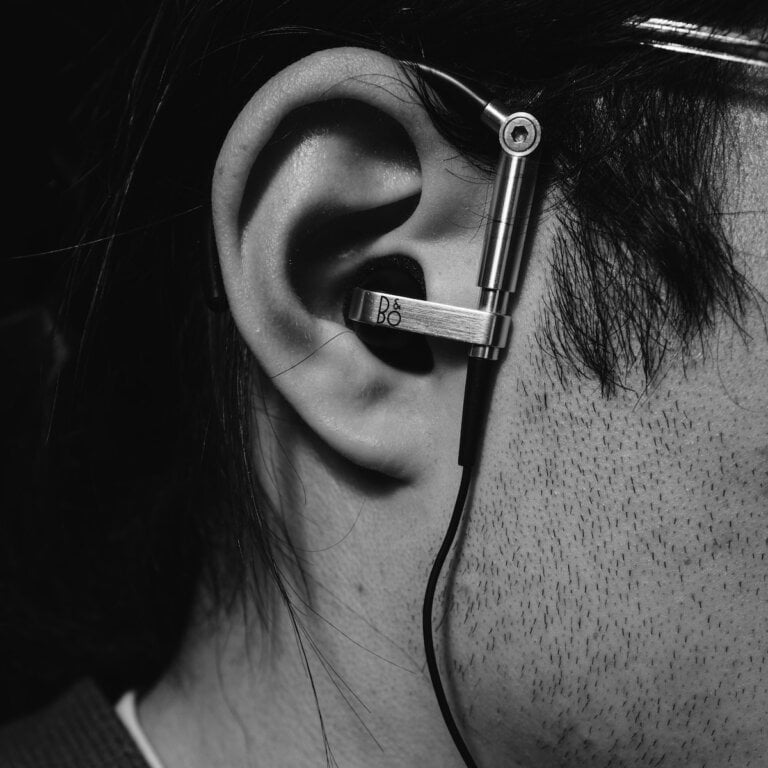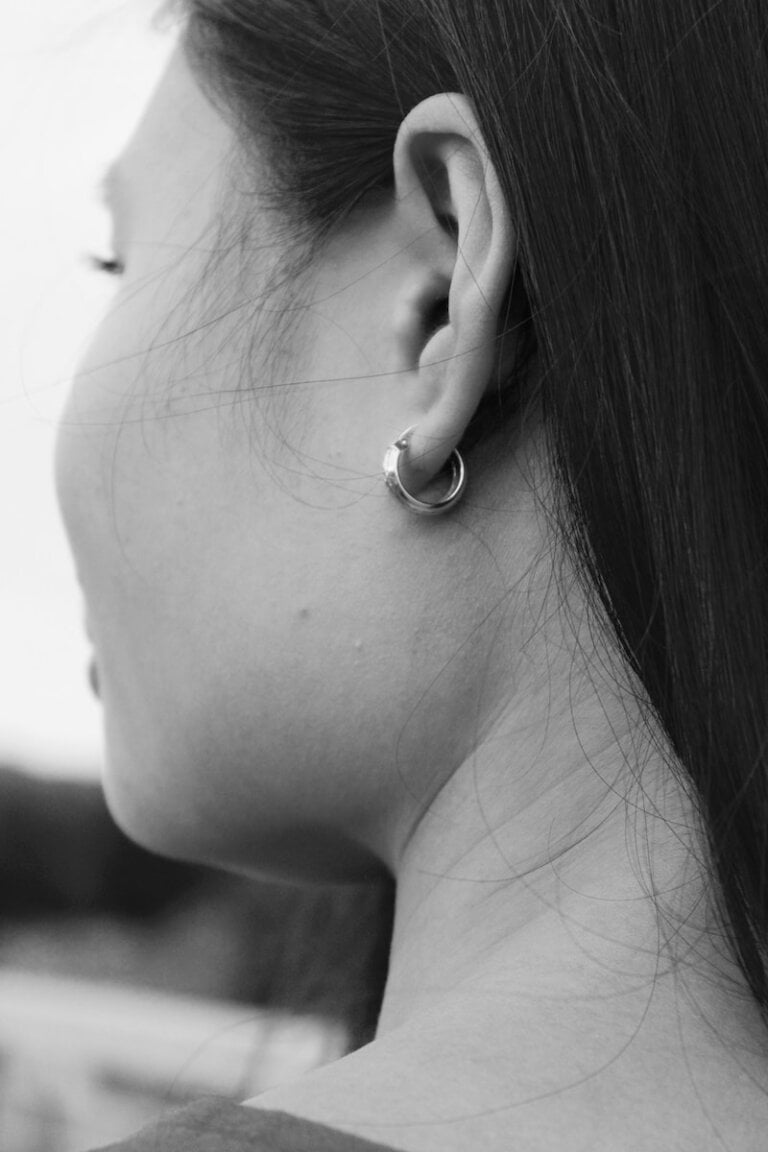Empowering Parents: A Guide to Managing and Treating Ear Infections in Children
Last Updated on 3rd May 2024 by Admin
Ear infections are a common concern for parents, causing discomfort and distress for many children. As a parent, it is crucial to understand the causes, symptoms, and treatment options for ear infections. This comprehensive guide aims to empower parents with the knowledge they need to effectively manage and treat ear infections in children.
What Causes Ear Infections?
Understanding the causes of ear infections is essential in preventing and managing them. The most common cause of ear infections in children is bacteria or viruses that enter the middle ear. These pathogens often enter through the Eustachian tube, a small tube that connects the middle ear to the back of the throat.
Several factors can increase the risk of ear infections in children, including:
- Age: Children between the ages of 6 months and 2 years are more susceptible to ear infections due to their underdeveloped Eustachian tubes. The Eustachian tubes in young children are shorter, more horizontal, and less able to effectively drain fluid from the middle ear, making them more prone to infections.
- Seasonal changes: Ear infections are more common during colder months when respiratory infections are prevalent. This is because the common cold and flu can lead to inflammation and congestion in the Eustachian tubes, creating an environment that is favorable for bacterial growth.
- Exposure to smoke or air pollution: These environmental factors can irritate the Eustachian tubes and increase the risk of infection. Secondhand smoke, in particular, has been linked to a higher incidence of ear infections in children.
- Allergies: Children with allergies are more prone to ear infections as their nasal passages may become congested, leading to Eustachian tube dysfunction. When the nasal passages are blocked, it can disrupt the normal airflow and pressure regulation in the middle ear, increasing the chances of infection.
It is important for parents to be aware of these risk factors and take appropriate measures to minimize their child’s exposure to them. By understanding the causes, parents can make informed decisions to reduce the likelihood of their child developing an ear infection.
Recognizing the Symptoms
Identifying the symptoms of an ear infection is crucial for early detection and prompt treatment. While symptoms can vary from child to child, some common signs to look out for include:
- Ear pain or discomfort: Children may tug or pull at their ears or complain of ear pain. The pain can range from mild to severe and may be accompanied by a feeling of pressure or fullness in the ear.
- Difficulty sleeping: Ear infections can disrupt sleep patterns, causing restlessness and irritability. Children may have trouble falling asleep or staying asleep due to the discomfort and pain caused by the infection.
- Fluid drainage: Yellow or bloody discharge from the ear can indicate an infection. This discharge may have a foul odor and is often a sign of a ruptured eardrum.
- Hearing difficulties: Children with ear infections may experience temporary hearing loss or muffled sounds. They may have difficulty understanding speech or responding to sounds.
- Fever: A mild to high fever is often associated with ear infections. The fever may accompany other symptoms such as ear pain and irritability.
- Loss of appetite: Children may experience a decreased appetite due to the discomfort caused by the infection. They may be less interested in eating or drinking.
If parents observe any of these symptoms in their child, it is important to consult a healthcare professional for a proper diagnosis and treatment plan. Early detection and treatment can help prevent complications and promote faster recovery.
Seeking Medical Attention
If you suspect your child has an ear infection, it is essential to consult a healthcare professional for a proper diagnosis and treatment plan. A healthcare provider will examine the child’s ears using an otoscope, a tool that allows them to see the inside of the ear. The examination may involve checking for signs of inflammation, fluid accumulation, or a bulging eardrum, which are indicative of an infection.
Based on the severity of the infection, the healthcare provider may recommend one or a combination of the following treatments:
- Antibiotics: Bacterial infections may require a course of antibiotics to eliminate the infection. The choice of antibiotic will depend on the specific bacteria causing the infection and the child’s medical history. It is important to follow the prescribed dosage and complete the full course of antibiotics to ensure effective treatment.
- Pain relief: Over-the-counter pain relievers such as ibuprofen or acetaminophen can help alleviate pain and reduce fever. These medications should be used according to the recommended dosage for the child’s age and weight.
- Ear drops: If the infection is accompanied by fluid buildup, ear drops may be prescribed to relieve congestion and promote drainage. These ear drops may contain a combination of antibiotics and anti-inflammatory medications.
- Observation: In some cases, mild ear infections may be left to resolve on their own, with healthcare professionals advising regular follow-ups to monitor the condition. This approach is often taken when the infection is not severe and the child’s symptoms are manageable.
It is important for parents to follow the healthcare provider’s guidance and administer the prescribed treatments as directed. Regular follow-up appointments may be necessary to ensure the infection is clearing and the child’s condition is improving.
Home Care and Remedies
In addition to medical treatments, several home care practices and remedies can provide relief and support the healing process:
- Warm compress: Placing a warm, moist compress against the affected ear can help alleviate pain and reduce inflammation. The warmth can soothe the discomfort and promote blood circulation, aiding in the body’s natural healing process.
- Elevated sleeping position: Encouraging your child to sleep with their head slightly elevated can help minimize ear pressure and discomfort. This can be achieved by using an extra pillow or propping up the head of the bed.
- Plenty of fluids: Staying hydrated can help thin mucus and promote drainage, speeding up the recovery process. Offer your child water, clear broths, or other fluids to keep them well-hydrated.
- Avoiding irritants: Keep your child away from smoke, allergens, and other irritants that can aggravate the Eustachian tubes and prolong the healing process. This includes avoiding exposure to secondhand smoke and ensuring a clean and allergen-free environment.
These home care practices can complement medical treatments and provide additional comfort to the child. However, it is important to note that they should not replace professional medical advice and treatment. Parents should always consult with a healthcare professional before implementing any home remedies.
Preventive Measures
Preventing ear infections whenever possible is key to reducing their occurrence. Here are some preventive measures parents can take:
- Frequent handwashing: Encourage your child to practice good hand hygiene to minimize the spread of bacteria and viruses. Regular handwashing with soap and water, especially before meals and after using the bathroom, can help prevent infections.
- Breastfeeding: Breastfeeding can provide antibodies and enhance the child’s immune system, reducing the risk of infections. Exclusive breastfeeding for the first six months of life is recommended by healthcare professionals.
- Vaccinations: Stay up to date with your child’s immunizations, as some vaccines can protect against infections that may lead to ear infections. Vaccines such as the pneumococcal conjugate vaccine and the influenza vaccine can help reduce the risk of ear infections.
- Avoiding secondhand smoke: Exposure to secondhand smoke increases the risk of ear infections, so it is crucial to create a smoke-free environment for your child. Avoid smoking in the house or car, and keep your child away from areas where others are smoking.
By implementing these preventive measures, parents can reduce the likelihood of their child developing ear infections and promote overall ear health.
When to Consult a Specialist
In certain cases, further intervention may be necessary. Consider consulting a specialist if:
- Your child experiences chronic or recurring ear infections. Chronic ear infections are defined as having three or more infections in a six-month period or four or more infections in a year. A specialist, such as an otolaryngologist (ear, nose, and throat doctor), can evaluate the underlying causes and recommend appropriate treatment options.
- The ear infection does not respond to prescribed treatments. If the symptoms persist or worsen despite following the prescribed treatments, it is important to seek further evaluation to ensure the infection is properly treated.
- Your child’s hearing does not improve after the infection has resolved. If hearing difficulties persist even after the infection has cleared, it may indicate other underlying issues that require specialized attention.
- There are concerns about speech or language development due to recurring ear infections. Frequent ear infections can impact a child’s hearing, which in turn can affect speech and language development. If there are concerns in this area, a specialist can assess the child’s hearing and provide appropriate recommendations.
Consulting a specialist can provide parents with more specialized knowledge and treatment options tailored to their child’s specific needs. It is important to advocate for your child’s health and seek further evaluation when necessary.
Conclusion
Empowering parents with knowledge about ear infections in children is essential for effective management and treatment. By understanding the causes, recognizing the symptoms, seeking medical attention when necessary, and implementing preventive measures, parents can provide the necessary support and care to their children. Remember, early detection and prompt treatment are key to minimizing the discomfort caused by ear infections and promoting a speedy recovery for your child.
FAQ
1. What are the common causes of ear infections in children?
Ear infections in children are commonly caused by bacteria or viruses that enter the middle ear through the Eustachian tube. Other factors that increase the risk of ear infections include age, seasonal changes, exposure to smoke or air pollution, and allergies.
2. What are the symptoms of an ear infection in children?
The symptoms of an ear infection in children can vary, but common signs to look out for include ear pain or discomfort, difficulty sleeping, fluid drainage from the ear, hearing difficulties, fever, and loss of appetite.
3. When should I seek medical attention for my child’s ear infection?
If you observe any symptoms of an ear infection in your child, it is important to consult a healthcare professional for a proper diagnosis and treatment plan. Early detection and treatment can help prevent complications and promote faster recovery.
4. What can I do at home to provide relief for my child’s ear infection?
In addition to medical treatments, you can provide relief for your child’s ear infection at home by using warm compresses, encouraging an elevated sleeping position, ensuring they stay hydrated, and avoiding irritants such as smoke and allergens. However, it is important to consult with a healthcare professional before implementing any home remedies.







